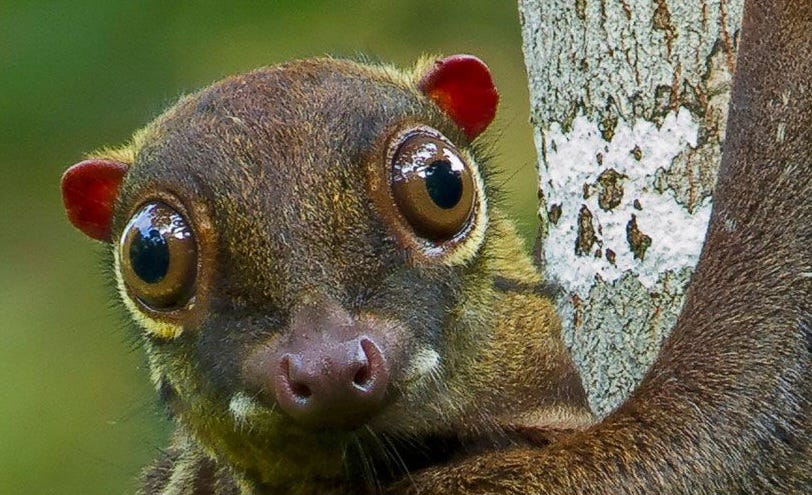Nestled within the dense tropical forests of Southeast Asia, including parts of China, resides an extraordinary group of creatures known as colugos. These enigmatic mammals, often referred to as “flying lemurs” despite their lack of wings or lemur-like traits, possess unique adaptations that allow them to gracefully glide through the forest canopy. In this article, we delve into the fascinating world of China’s gliding mammals and uncover the secrets of these arboreal wonders.
Discovering the Colugos: Colugos, scientifically known as Dermoptera, are a small group of mammals comprising just two species: the Sunda colugo (Galeopterus variegatus) and the Philippine colugo (Cynocephalus volans). Despite their name, colugos are not true lemurs and are more closely related to primates like humans. These elusive creatures inhabit the lush rainforests of China’s southern provinces, where they spend their lives high up in the canopy.
Adaptations for Gliding: Colugos possess a remarkable set of adaptations that enable them to navigate their forest habitat with ease. Their most distinctive feature is a membrane of skin called a patagium that stretches between their limbs, resembling a parachute when fully extended. This patagium allows colugos to glide effortlessly from tree to tree, covering distances of up to 70 meters in a single glide. Additionally, their large, saucer-like eyes provide excellent night vision, aiding them in foraging for leaves, shoots, and fruits under the cover of darkness.
Behavior and Lifestyle: Colugos are primarily nocturnal creatures, spending their days nestled in tree hollows or clinging to branches high above the forest floor. They are solitary animals, except during the mating season when males compete for the attention of females. Despite their solitary nature, colugos have complex social behaviors, including vocalizations and scent-marking to communicate with one another.
Conservation Status and Threats: While colugos are not currently considered endangered, they face several threats to their survival, primarily due to habitat loss and fragmentation caused by deforestation and urbanization. As the pristine rainforests of Southeast Asia continue to disappear at an alarming rate, the future of these gliding mammals hangs in the balance. Conservation efforts are underway to protect their remaining habitat and ensure the long-term survival of these unique and charismatic creatures.
China’s gliding mammals, the colugos, are a testament to the remarkable diversity of life found in the world’s tropical forests. With their extraordinary adaptations for gliding and their secretive arboreal lifestyle, these enigmatic creatures continue to captivate the imaginations of scientists and nature enthusiasts alike. As we strive to conserve their dwindling habitats, we must also cherish and celebrate the beauty and wonder of these remarkable animals.

